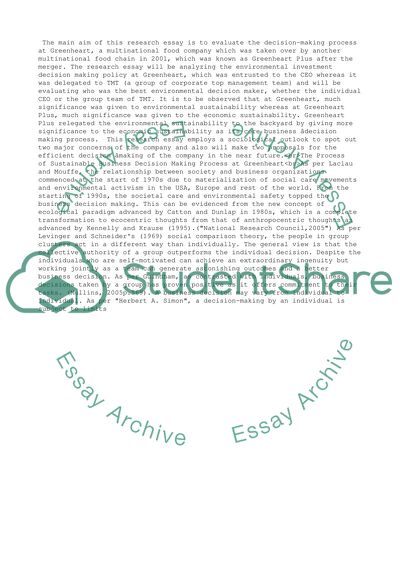Cite this document
(“The Process of Sustainable Decision Making Process at Greenheart Essay”, n.d.)
Retrieved from https://studentshare.org/management/1460234-management-sociology-of-decision-making-case-study
Retrieved from https://studentshare.org/management/1460234-management-sociology-of-decision-making-case-study
(The Process of Sustainable Decision Making Process at Greenheart Essay)
https://studentshare.org/management/1460234-management-sociology-of-decision-making-case-study.
https://studentshare.org/management/1460234-management-sociology-of-decision-making-case-study.
“The Process of Sustainable Decision Making Process at Greenheart Essay”, n.d. https://studentshare.org/management/1460234-management-sociology-of-decision-making-case-study.


